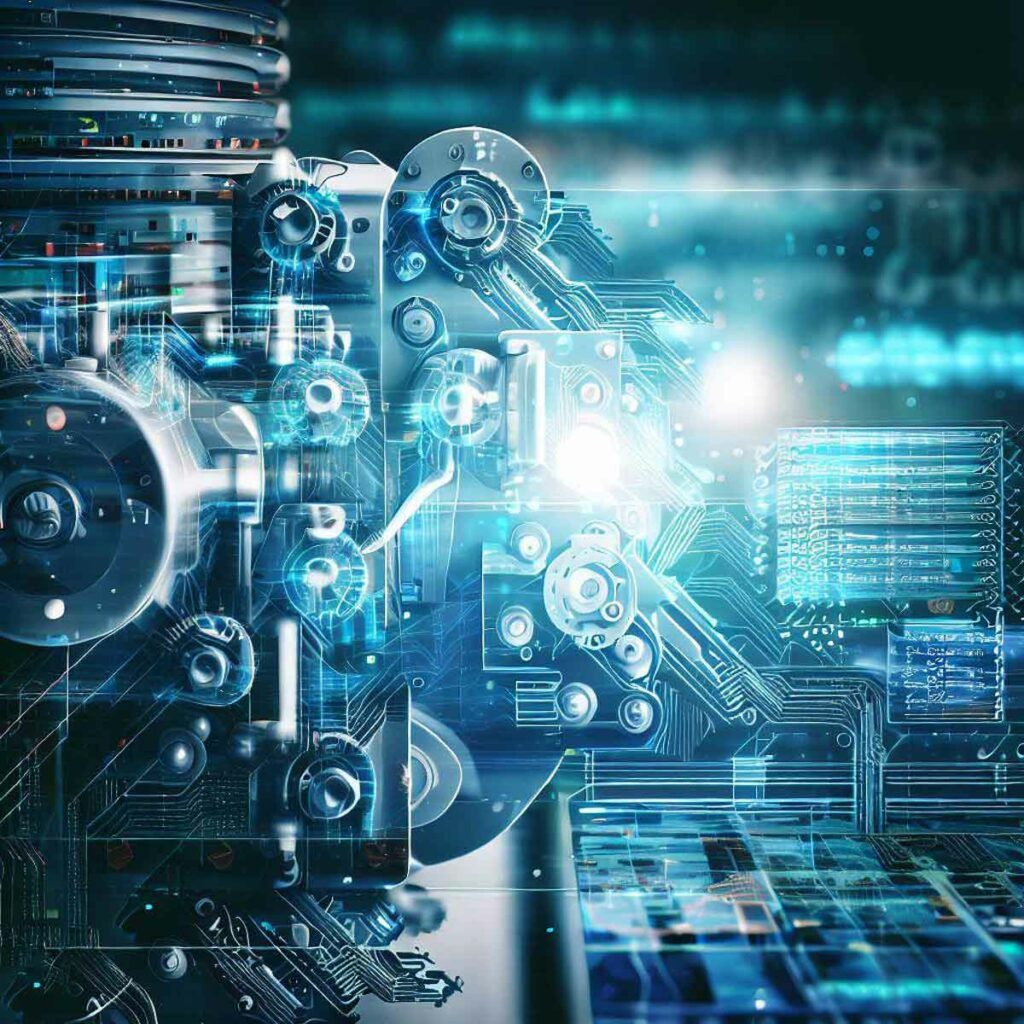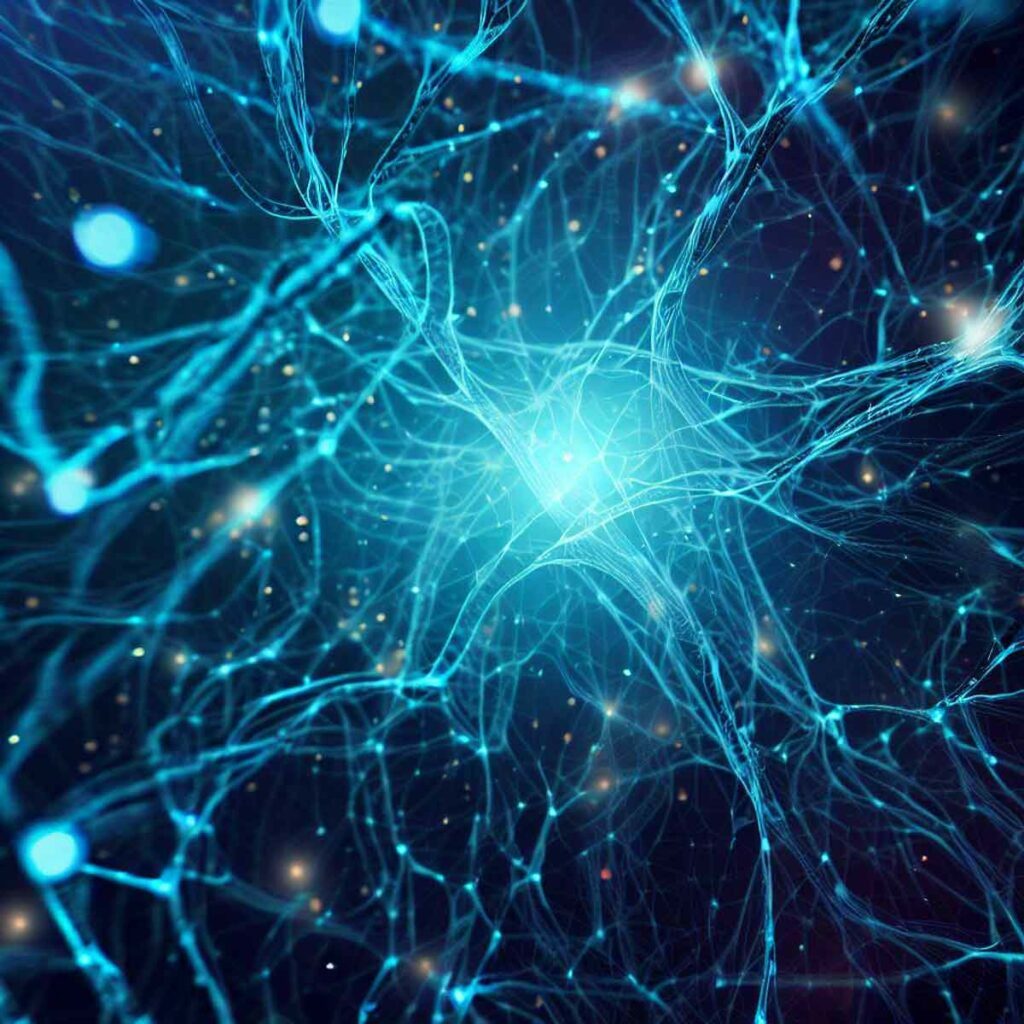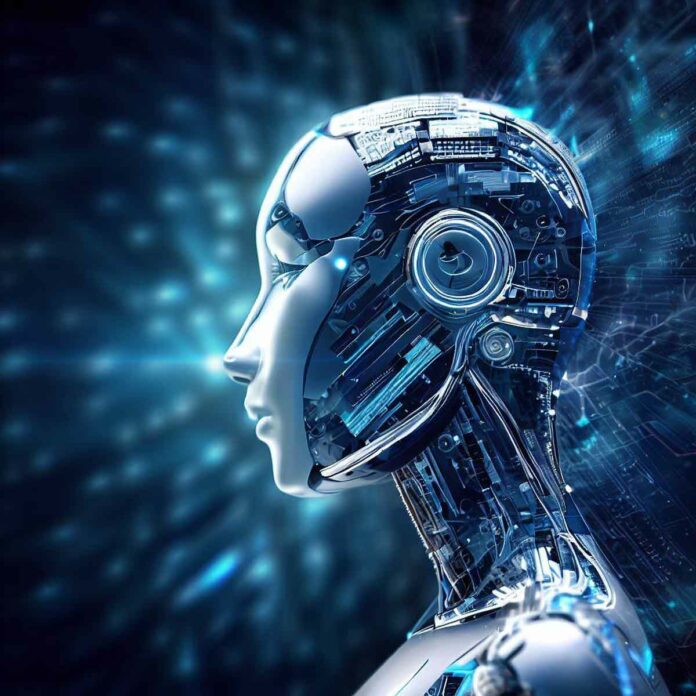Unlocking the Secrets of Artificial Intelligence: Discover the power of machine learning and deep neural networks in this insightful article.
Learn how AI is transforming industries and explore its applications, challenges, and the future of this exciting field.
Introduction to Artificial Intelligence (AI)
Artificial Intelligence, often abbreviated as AI, is a field of computer science that focuses on creating intelligent machines capable of performing tasks that typically require human intelligence.
These tasks include speech recognition, decision-making, problem-solving, and more.
AI has made significant advancements in recent years, thanks to the development of machine learning algorithms and deep neural networks.

Understanding Machine Learning
Machine Learning is a subset of AI that enables computers to learn and improve from experience without being explicitly programmed.
It involves the development of algorithms that can analyze and interpret vast amounts of data to identify patterns and make accurate predictions or decisions.
There are three main types of machine learning: supervised learning, unsupervised learning, and reinforcement learning.
Supervised Learning
Supervised learning involves training a model using labeled data, where the input and desired output are known.
The model learns to map inputs to outputs by identifying patterns in the data.
This type of learning is commonly used in tasks such as image classification, sentiment analysis, and spam filtering.
Unsupervised Learning
Unsupervised learning is used when the input data is unlabeled. The model learns to find patterns or structure within the data without any predefined output.
Clustering and dimensionality reduction are examples of unsupervised learning techniques.
It is often used in customer segmentation, anomaly detection, and recommendation systems.
Reinforcement Learning
Reinforcement learning involves training an agent to interact with an environment and learn from feedback or rewards.
The agent takes actions in the environment to maximize cumulative rewards over time.
This type of learning is employed in areas such as game playing, robotics, and autonomous systems.

Exploring Deep Neural Networks
Deep Neural Networks, also known as deep learning, are a key component of modern AI systems.
They are inspired by the structure and function of the human brain, consisting of interconnected layers of artificial neurons called nodes.
Deep learning architectures can automatically learn representations of data through a process called feature extraction.
Neural Network Basics
A neural network is composed of an input layer, hidden layers, and an output layer.
Each layer consists of multiple nodes or neurons that perform mathematical operations on the input data.
These operations involve weighted connections and activation functions that introduce non-linearity into the network.
Deep Learning Architecture
Deep learning architectures are characterized by having multiple hidden layers, allowing the network to learn hierarchical representations of data.
This depth enables the network to extract intricate features and capture complex patterns.
Popular deep learning architectures include convolutional neural networks (CNNs) for image processing and recurrent neural networks (RNNs) for sequential data.
Training Deep Neural Networks
Training deep neural networks involves feeding them with labeled data and adjusting the network’s parameters, known as weights and biases, to minimize the difference between predicted outputs and ground truth.
This optimization process is typically done using gradient-based optimization algorithms such as stochastic gradient descent (SGD) or its variants.
Applications of AI, Machine Learning, and Deep Neural Networks
Artificial intelligence, machine learning, and deep neural networks have found applications in various domains. Some notable examples include:
Image Recognition and Computer Vision
AI-powered systems can analyze images and accurately identify objects, faces, and scenes.
This technology is used in facial recognition systems, self-driving cars, security surveillance, and medical imaging.
Natural Language Processing
Natural Language Processing (NLP) focuses on enabling computers to understand, interpret, and generate human language.
NLP is used in virtual assistants, language translation, sentiment analysis, and chatbots.
Autonomous Vehicles
The automotive industry is leveraging AI and machine learning to develop self-driving cars capable of perceiving the environment, making decisions, and navigating safely.
Healthcare
AI technologies are transforming healthcare by assisting in disease diagnosis, drug discovery, personalized medicine, and patient monitoring.
Machine learning models can analyze medical data to predict diseases, recommend treatments, and improve patient outcomes.
Challenges and Limitations of AI
While AI has made remarkable progress, it also faces several challenges and limitations. Some of these include:
- Data Bias: Machine learning models heavily rely on the quality and representativeness of training data. Biased data can result in biased predictions and reinforce societal inequalities.
- Interpretability: Deep neural networks often operate as black boxes, making it difficult to understand how they arrive at specific decisions. This lack of interpretability raises concerns about accountability and trust.
- Ethics and Privacy: AI technologies raise ethical concerns regarding privacy, security, and the potential misuse of personal data. Striking a balance between innovation and responsible use is crucial.
The Future of Artificial Intelligence
Artificial Intelligence continues to evolve rapidly, promising a future filled with innovative applications.
The future of AI encompasses advancements in deep learning, reinforcement learning, natural language understanding, and explainable AI.
With ongoing research and development, AI is expected to revolutionize industries, improve efficiency, and enhance human lives.
Conclusion
Artificial Intelligence, powered by machine learning and deep neural networks, is unlocking the secrets of intelligent machines.
The ability to learn from data and make accurate predictions has revolutionized various industries and transformed the way we interact with technology.
As AI continues to advance, it is essential to address the challenges and limitations to ensure responsible and ethical AI deployment.
FAQs
AI is a broader field that encompasses the development of intelligent machines, while machine learning is a subset of AI that focuses on algorithms enabling computers to learn from data.
Deep neural networks are trained by adjusting their parameters using labeled data and optimization algorithms that minimize the difference between predicted outputs and ground truth.
Challenges in AI development include data bias, interpretability of deep neural networks, and ethical considerations regarding privacy and security.
The future of AI is promising, with advancements in deep learning, reinforcement learning, and natural language understanding, leading to innovative applications across industries.
Traditional programming involves explicitly providing instructions to solve a specific problem, while machine learning algorithms learn from data to automatically improve their performance without explicit programming.
While AI has the potential to automate certain tasks and improve efficiency, it is unlikely to completely replace human intelligence. Instead, AI can augment human capabilities and create new opportunities in various industries.
Businesses can benefit from AI and machine learning by implementing personalized recommendations, optimizing processes, automating tasks, improving customer service, and gaining valuable insights from data.

